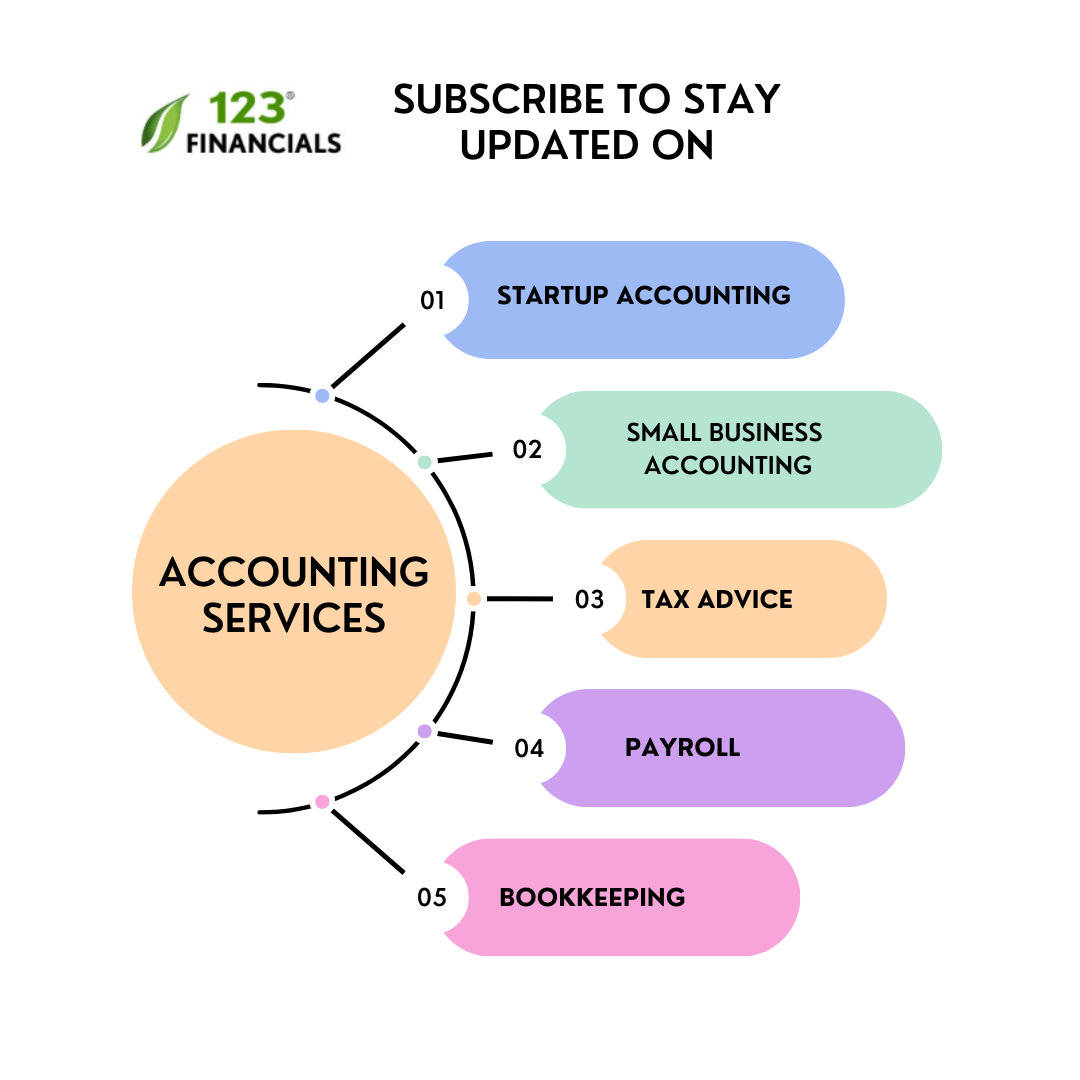When starting a business, the biggest challenge you will face is understanding the issues your business is solving for your customers.
Your product or service needs to solve a real problem, and your customers need to feel the requirement of whatever you sell.
A business owner should ensure that the product or service they sell fits the market’s needs.
The other key ingredient of a successful business is figuring out how you will make money from your service; this is where your business model comes into the spotlight.
So, let’s know more about business models,
This blog post is divided into the following sections
- Business model, defined!
- What is the importance of a business model?
- Business model vs business plan
- Building business models in a few easy steps
- Final thoughts
Hire Startup Accountants
Work with a UK-based accountant for tax, accounting, payroll, & EIS/ SEIS needs.
Business model, defined!
Generally, the business model is the framework explaining how a business will create value.
In other words, a business model filters out the potential of a business down to its essence.
Your business model answers the fundamental questions about the problem you will solve, how you will solve it and the growth opportunity within a given market.
Drafting a business model is important, whether you are in a startup phase, changing your go-to-market strategy or expanding into a new market.
A business model can capture fundamental assumptions and decisions about the opportunity in one place, setting the direction for success.
Basically, a business model can be described with four elements:
- Who are the target customers?
- What benefits & value does your business bring to customers?
- How is the value created for the customer?
- How does a business make money?
There are many business models you will know about in our blog post 15 types of business models and how to choose the right one.
Accountant for Business
Work with a London-based accountant for tax, accounting, payroll, & EIS/ SEIS needs.
What is the importance of a business model?
To build something means you need to have a clear path.
The procedure of building a business model establishes a plan for how you will turn your vision into reality.
A business model lays out the strategy behind investment and provides a framework for tracking its progress.
Creating a business model requires deep analysis.
When building a business model, you must think from the outside, focusing on market needs and what matters to your customers the most.
A solid business encourages an alignment model across the organisation.
A business model keeps everyone connected to your business accountable for what they are working on and why also guiding investments of time and resources.
Business model vs business plan
Business model and business plan are the two terms often used interchangeably, but in reality, both are very different documents that cannot exist without one another.
That’s why it is important to understand the business model vs a business plan.
A business model is a mechanism by which a business generates its profit, while a business plan is a document that presents a business’s strategy and expected financial performance for the years to come.
Here you can clearly see that a business model is at the centre of a business plan.
Your business model explains how the business is positioned within the industry’s value chain and how it organises its relations with its clients, suppliers, and partners to generate profits.
On the flip side, your business plan translates this positioning into a chain of strategic actions and quantifies its financial impact.
Building business models in a few easy steps
Don’t rush! Take your time crafting a business model
When crafting a business model, you may have some ideas scribbled down on the sheet, let’s say the name, product prices and ideal locations.
It’s a great start, but the proper business model takes time.
Starting your own business is exciting, but you also need a strong foundation to ensure your business’s success.
Do not just guess what your business’s customer value will be but also research!
Survey your friends and your business network to find out the true value of the solution your product or service provides to the marketplace.
Taking time to craft your business model will help you ensure you are not underestimating or overestimating anything.
Now let’s see how to build a solid business model step by step.
1. Define the problem your business is going to solve
You will need to start by looking at the problem your business will solve.
Problems can be functional or emotional, depending on the product and business model you are making.
When defining the problem, limit the choice to up to 3 key problems your product or service will solve and move toward the second step.
2. Define the potential customers
In this step, you are going to define who the people that will use your service or product are?
Hare, define the set of a maximum of three types of customers for the problems you defined in step one.
Ideally, each problem defined in the prior step will be a matched customer type.
Also, it can be possible that the same customer type might experience multiple problems at the same time.
3. Define how your solution will be accessible
A customer channel can define how your product or service reaches your potential customers, and in this step, you will need to choose a customer channel to make your service available to your potential customers.
There are different types of channels –
- Direct – includes web sales, own stores etc.
- Indirect – includes partners stores, wholesalers etc.
Choose the right customer channel for the right customer group as the right channel is generally the primary point of interaction between you and your customers.
When deciding on customer Chanel ask yourself:
- How will this channel raise awareness about your products or services?
- How does this channel help your customers evaluate your value proposition?
- How does this channel enable your customers to purchase your products and services?
- How does this channel become integrated into your customers’ routines?
- How does this channel deliver your value proposition?
- How does this channel support after-sales customer service?
4. Define how you will create value you are proposing
First of all, elaborate on your business’s key activities by asking yourself –
- What key activities are you need to generate your value proposition, customer relationships, distribution channel and revenue stream?
- What are the important assets under your business’s control that are necessary to support and sustain your business?
The key activities can include –
- Management of supply chain if logistics is critical to you (e.g. Apple),
- Training & selecting human capital if you need to have good employees (e.g. consulting companies)
- community management if the core asset is a community (e.g. Wikipedia).
Now elaborate on your key resources by asking yourself questions like –
- What key resources do you need to generate the value proposition, distribution channel, customer relationships & revenue stream?
- What resources do you need to build up yourself to be competitive?
- What are the resources you can outsource?
5. Define major cost drivers behind your business
In this step, you will define how to capture value for your business. Focus on how you will trim the fat and maximise the gross margin of your business.
First of all, elaborate your cost structure by asking yourself questions such as:
- What are the major costs inherent to the business model?
- Which key activities and key resources are the major cost drivers?
- What are the ways you plan to generate your business revenue?
Generating the revenue at an early stage is critical if you are to validate your business idea and, in turn, stabilise your business.
Second, elaborate on your revenue streams by asking yourself questions such as:
- What value are your target customers willing to pay for?
- What and how are your target customers currently paying for competitors’ products or services?
- What are your competitor’s pricing tactics? It could be a one-time sign-up charge or a subscription fee.
6. You have your business model ready
Congratulations! Based on the key problem, key customers, the solution you provide, and the value proposition defined, you have your business model ready!
Hire Startup Accountants
Work with a UK-based accountant for tax, accounting, payroll, & EIS/ SEIS needs.
Final thoughts
There are several moving parts when running a business, and you do not want to be caught unprepared. Ensure the business model you draft is thorough and covers all the bases. Once you’ve proven the feasibility of your new business or your business expansion plan on paper with a business model, you are ready to write your business plan.
Crafting a business model can be time-consuming, but you’ll see the return on that investment when your great idea has become the greater, successful business you envisioned.


















